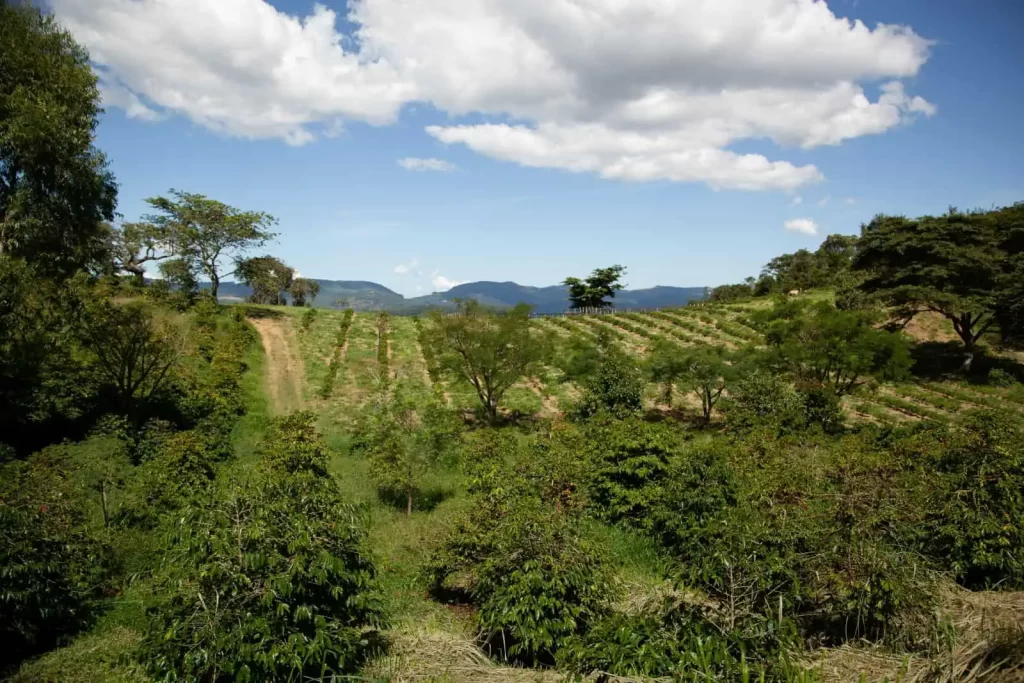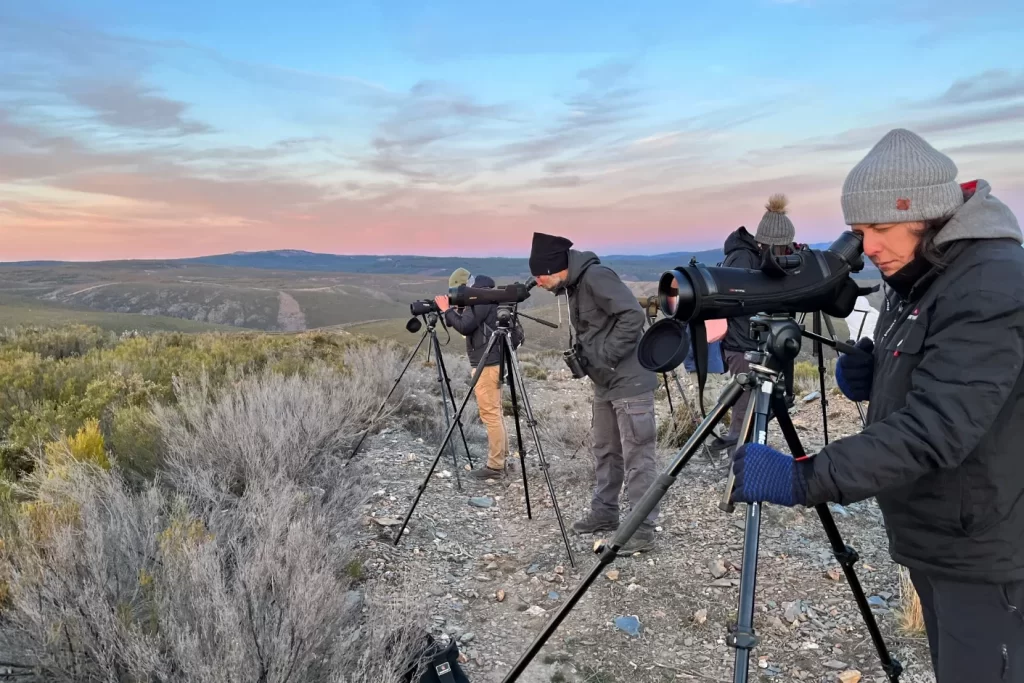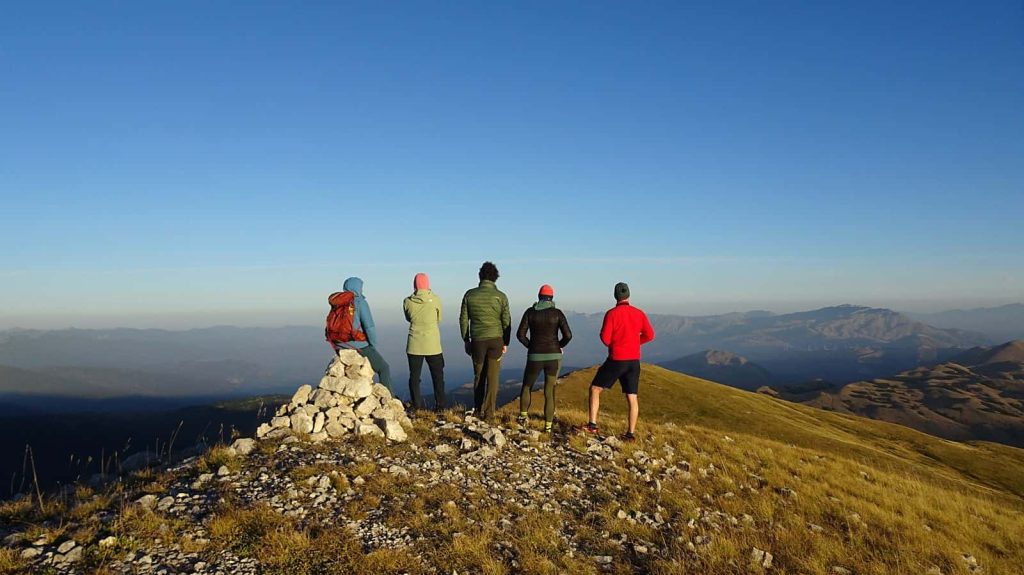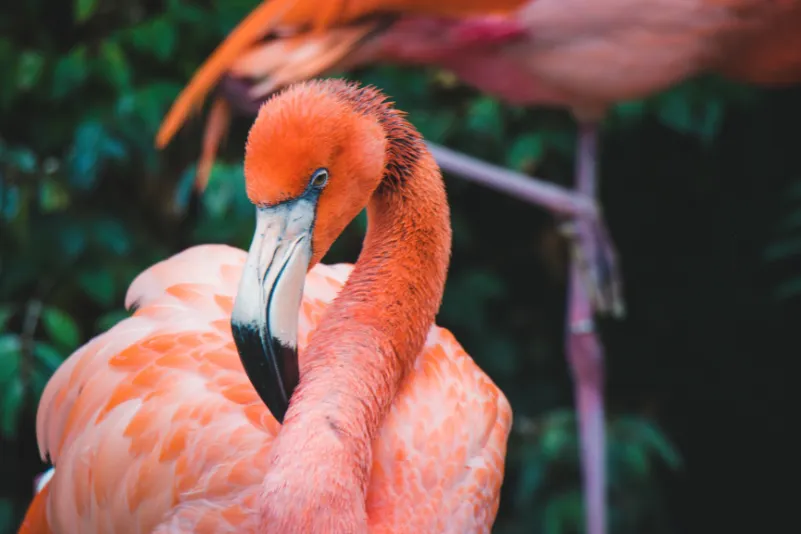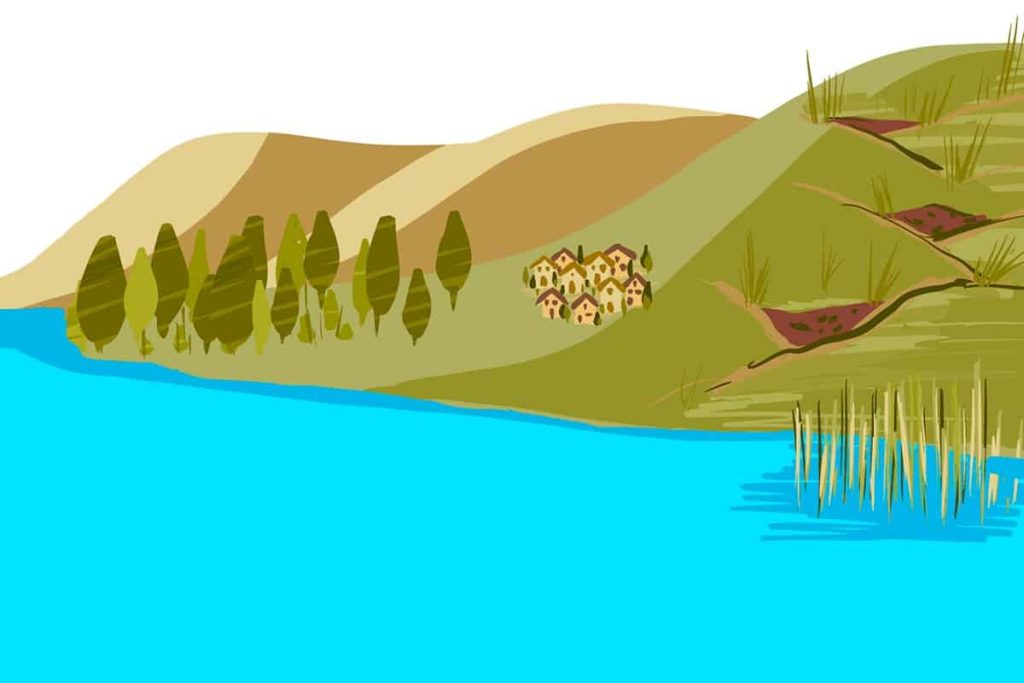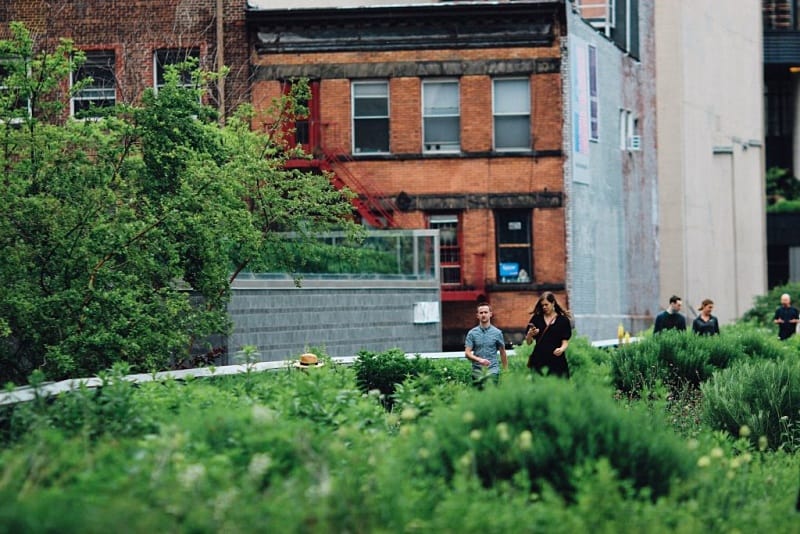Protected areas valorisation
The main goal of this course is to introduce some of the commonly-used ways to sustainably valorise protected areas and their resources, thereby contributing to their long-term conservation.About this course
This MOOC is about the sustainable use or valorisation of natural resources in protected areas. The main goal of this course is to introduce some of the commonly-used ways to sustainably valorise protected areas (and their resources), thereby contributing to their long-term conservation. It will focus on two complementary approaches: the first part of the MOOC will cover the benefits (direct or indirect) provided by natural resources in protected areas, while the second part will focus on sustainable tourism and its benefits, costs, opportunities and threats.
What you’ll learn
- What are the benefits of protected areas? How are they defined?
- How are benefits measured and increased?
- What are the benefits, costs and opportunities of tourism in PAs?
- How to develop sustainable tourism for the benefit of PA conservation?
Course partners
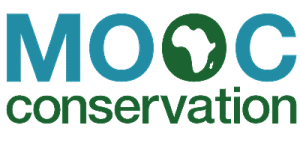
Course outline
There are three instructors presenting this course: Geoffroy Mauvais (IUCN-Papaco), Nigel Dudley (Equilibrium Research) and Anna Spenceley (WCPA-TAPAS). The content of the course was created by these instructors as well as Sue Stolton (Equilibrium Research) and Andrew Rylance (WCPA-TAPAS).
PART 1: NATURAL RESOURCES
Module 1: Ecosystem services
1.1 Introduction to the module
1.2 What are ecosystem services?
1.3 The range of ecosystem services and associated typology
1.4 Food security
1.5 Water security
1.6 Human security & disaster risk reduction
1.7 Climate change mitigation and adaptation
1.8 Cultural and spiritual benefits
Module 2: Managing ecosystem services
2.1 Introduction to the module
2.2 Understanding Ecosystem Services
2.3 Opportunities
2.4 Threats
2.5 Assessment and evaluation
2.6 Management
2.7 Management of indirect values
2.8 Monitoring and evaluation
Module 3: Rights and benefits for local and more distant communities
3.1 Introduction
3.2 Distribution of benefits from ecosystem services
3.3 Participatory approaches to understanding the range of benefits supplied by PAs
3.4 Free, Prior and Informed Consent and other principles (Malawi, Akwe Kon)
3.5 Resource-use agreements including both local agreements and e.g. bioprospecting
3.6 Co-benefit schemes such as Payment for Ecosystem Services
3.7 Managing expectations – summary of key advice no using ecosystem services from protected areas
PART 2: TOURISM
Module 4: Tourism and visitation in protected areas, its governance and impacts
4.1 Introduction to the module
4.2 Overview of the TAPAS Group and the BPG
4.3 Sustainable tourism: opportunities and challenges
4.4 Environmental costs and benefits
4.5 Social and cultural costs and benefits
4.6 Economic costs and benefits
Module 5: Aligning PA management objectives and tourism
5.1 Introduction to the module
5.2 Principle #1 and #2 on management objectives and proactive planning
5.3 Principle #3 on visitor use conditions
5.4 Principle #4 on resource impacts and social conditions
5.5 Principle #5 on management practices
5.6 Principle #6 on impact
5.7 Principle #7 on monitoring
5.8 Principles #8 and #9 on Decision making and Affected groups
5.9 Principle #10 on communication
Module 6: Capacity building, managing tourism revenues for conservation
6.1 Introduction to the module
6.2 Capacity building for managers, local communities and partnership
6.3 Generating tourism revenue from fees and donations
6.4 Generating tourism revenue from concessions
6.5 Cost saving and efficiency
6.6 Wider economic benefits and their links to conservation outcomes
6.7 The future of protected area tourism
Requirements
No prerequisites

